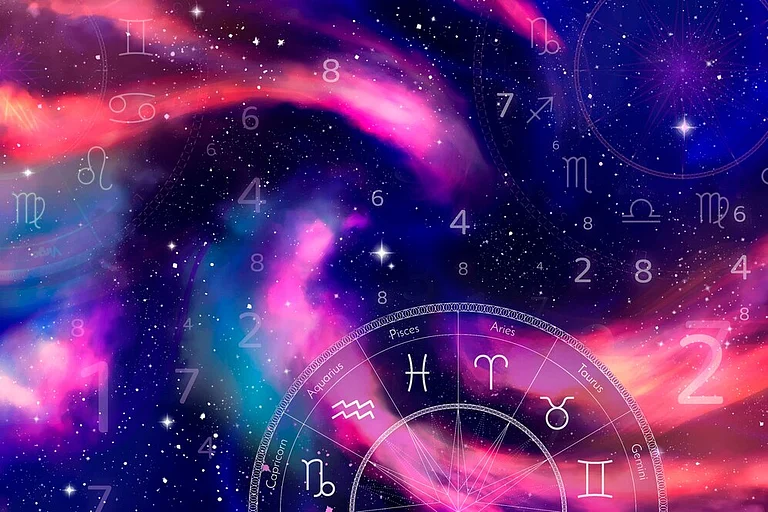A galaxy frog looks like an archetypal alien popularised by Hollywood sci-fi thrillers, but that's not the reason why a picture of it shot by Sandip Das, an Indian researcher, has got Leonardo DiCaprio to share it on Instagram.
A National Postdoctoral Fellow at the Department of Zoology, Calicut University, Kerala, Das was a part of the team that studied the amphibian population of the Western Ghats.
And it was while conducting the study that he shot the frog's picture, which accompanied a scholarly article that appeared in the reputed scientific journal, 'Nature'. Das contributed to the article.
DiCaprio, a committed campaigner on climate issues, noted in his Instagram post: "Climate change is a major driver of amphibian declines globally, according to a new paper published in Nature reports." The actor went on to summarise the article and noted:
"Two decades' worth of data from around the world has found that climate change has emerged as one of the biggest threats to frogs, salamanders, and caecilians," he noted.
"The assessment evaluated the extinction risk of more than 8,000 amphibian species from all over the world, including 2,286 species evaluated for the first time. More than 1,000 experts across the globe contributed their data and expertise, which found that two out of every five amphibians are threatened with extinction."
The goblin-like galaxy frog is therefore one of the rare surviving members of the species. And it could disappear one day.
In his long caption accompanying Das's picture, DiCaprio said: "Climate change is especially concerning for amphibians in large part because they are particularly sensitive to changes in their environment. The 'Nature' paper provides an update to the 2004 landmark paper that was based on the first global amphibian assessment for the IUCN Red List, which revealed the unfolding amphibian crisis for the first time and established a baseline for monitoring trends and measuring conservation impact."
As many as 100 researchers, including Das, participated in writing the article, which was published in 'Nature' on October 4.


























